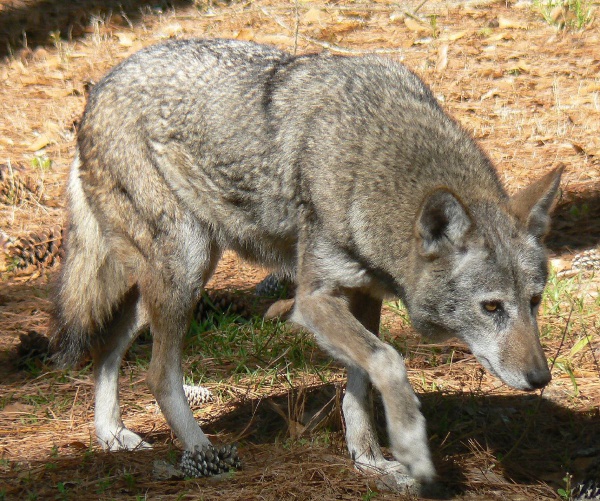Facts About Red wolf
The red wolf, native to the southeastern United States, boasts a striking reddish-tawny fur and falls somewhere between a coyote and a gray wolf in appearance. There has been considerable debate about whether it constitutes a distinct species or a hybrid of wolves and coyotes. One fact remains unambiguous: the red wolf is critically endangered. It has been protected under the Endangered Species Act and listed as critically endangered by the IUCN since 1996.
Red wolves nearly disappeared from the wild due to predator control programs, habitat loss, and hybridization with coyotes. To prevent their extinction, captive breeding programs were initiated, starting at the Point Defiance Zoo, followed by subsequent releases into the wild. Scientists have debated the species status of red wolves, drawing on morphology, fossil records, and genetic data.
In recent years, red wolves have been reintroduced into the wild in areas such as northeastern North Carolina, with varying degrees of success. They face ongoing threats, including hybridization with coyotes, fragmented habitats, diseases, and human-caused mortality. Conservationists are continually developing new strategies to address these challenges.
Red wolves have been extensively studied regarding their morphology, behavior, diet, and preferred habitats. They are monogamous, mating between January and February, and typically produce litters of 6-7 pups. Their diet includes a variety of prey, such as rabbits, rodents, and deer. Historically, red wolves inhabited diverse ecosystems, but the last wild populations were found in coastal prairie marshes and swamps.
Captive breeding and reintroduction are crucial components of red wolf conservation. Over 30 facilities participate in the red wolf Species Survival Plan, managing breeding and release efforts. Nonetheless, challenges such as hybridization with coyotes, habitat destruction, and human conflicts remain. Additionally, disputes with landowners and legal battles over hunting permits further complicate conservation efforts.
Despite these obstacles, research and conservation efforts persist to protect the red wolf. Addressing these threats, expanding their habitats, and ensuring their survival in the wild are vital for the long-term conservation of this endangered species.

 Mexico
Mexico